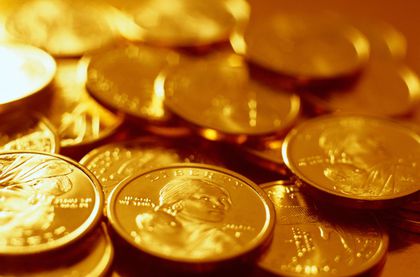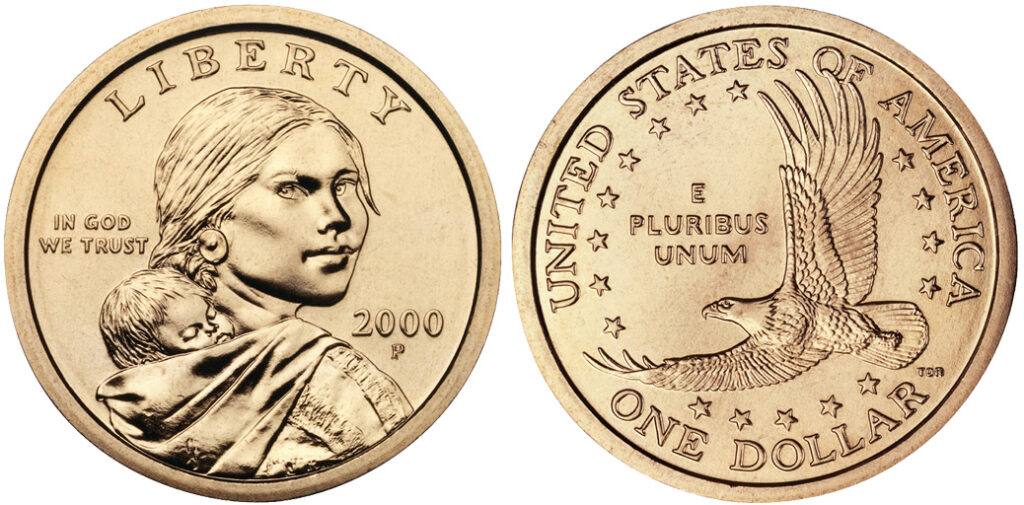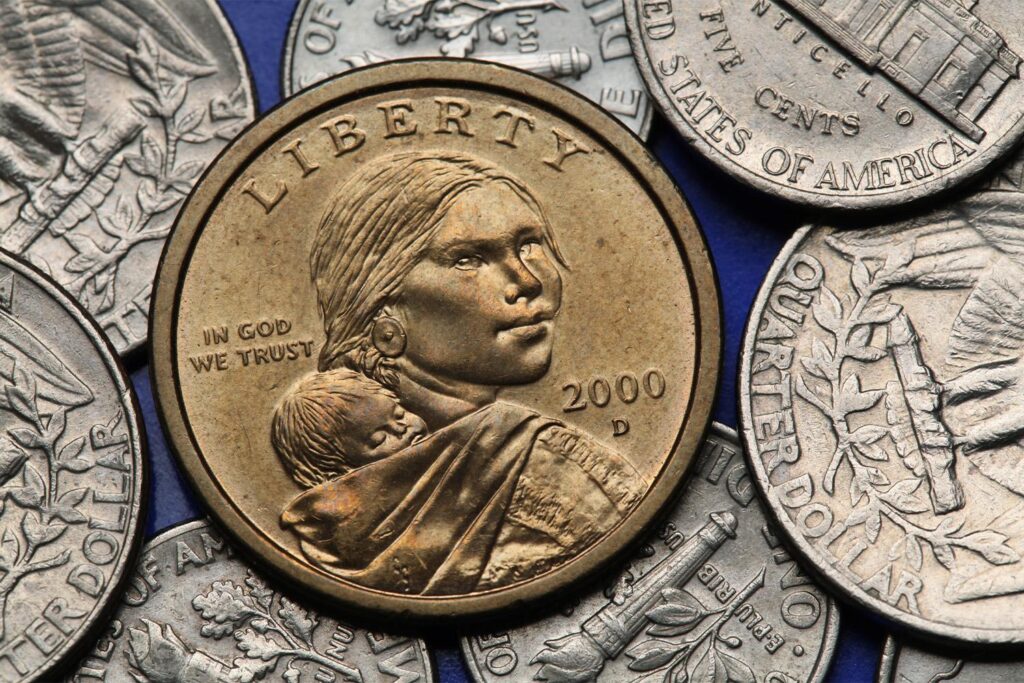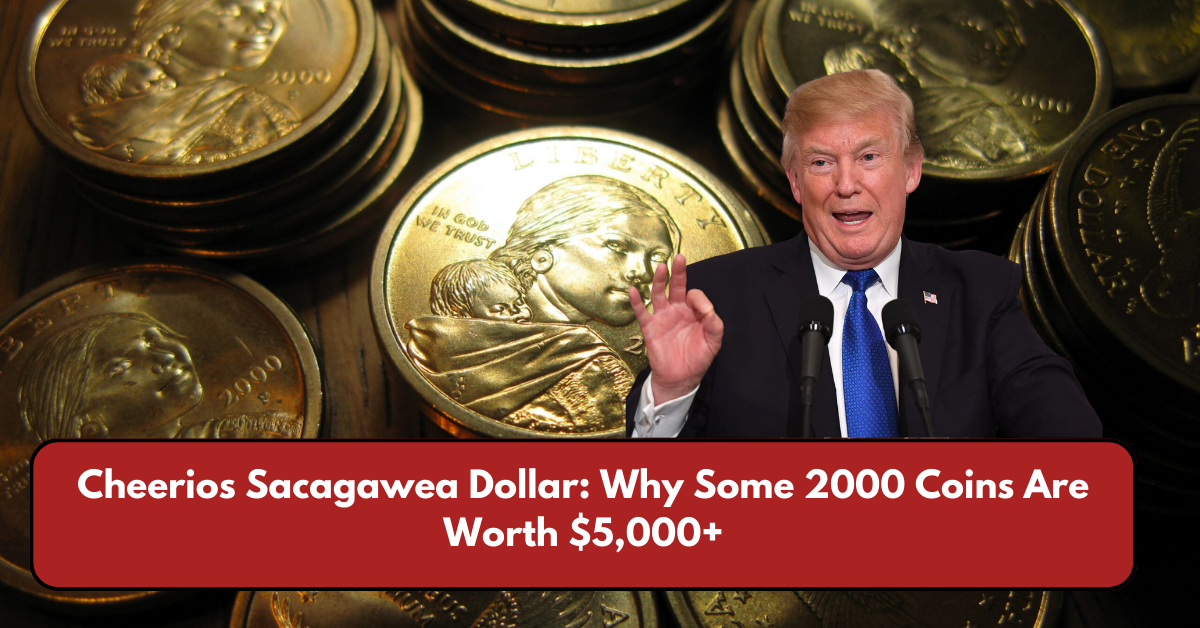In 2000, the U.S. Mint released the Sacagawea dollar coin as part of a push to modernize American currency. A year later, a special series of these coins became the talk of coin collectors, thanks to an unusual promotional campaign by General Mills. These rare coins, dubbed “Cheerios Dollars,” have become valuable collectibles worth thousands of dollars today. So, why exactly are some of these coins worth more than $5,000? Let’s explore the story behind this intriguing piece of American numismatic history.
A Unique Promotion
The Cheerios Dollar gets its name from an interesting marketing strategy by General Mills. In early 2000, the company decided to launch a promotional campaign to help introduce the new Sacagawea dollar coin to the public. In a move that blended the world of cereal and currency, General Mills inserted one Sacagawea coin into every 2,000 boxes of Cheerios cereal. These coins featured a beautiful image of Sacagawea, a Native American woman who played a vital role in guiding the Lewis and Clark expedition.
Alongside the Sacagawea coins, the promotion also included the 2000-dated Lincoln cent in every box, making it a unique opportunity for consumers to get their hands on the brand-new coins. However, little did most people know at the time, a small number of these coins contained a unique characteristic that would make them highly valuable to collectors.
What Makes the Cheerios Dollar Special?

While most of the Sacagawea coins released in 2000 were produced with standard designs, a handful of them had a notable difference. These coins were struck using a die that was in its early stages of production. The result was a Sacagawea dollar with distinct, enhanced details, particularly on the eagle depicted on the reverse side of the coin. This eagle’s tail feathers were more defined than usual, making the coin stand out.
The U.S. Mint quickly recognized this error and corrected the die, leading to the production of millions of Sacagawea dollars with the revised design. However, the few thousand coins that were struck before the die change, featuring the more detailed eagle feathers, were already circulating among the public. These became the famous “Cheerios Dollars.”
Why Are Cheerios Dollars Worth So Much?
The rarity of the Cheerios Dollar is the primary factor driving its high value. With only around 5,500 of these coins believed to have been produced during the promotion, the number of available coins is extremely limited. And among those, only the coins in pristine condition are worth significant amounts of money.
Coin collectors and investors often seek out coins that are rare or have a unique history. The Cheerios Dollar fits both of these criteria. In particular, coins graded as MS68 or higher have been known to sell for anywhere from $6,469 to $10,200. Coins with lower grades, such as MS67, have also commanded significant prices, often reaching up to $8,400 in recent years. The specific price depends on the coin’s condition, with coins that remain in their original packaging generally fetching a higher price.
The reason these coins are so valuable is not just because of their rarity but also the historical context behind them. They represent a curious chapter in U.S. currency history, where an everyday product like Cheerios played a role in launching a new coin design to the public. For collectors, these coins offer more than just monetary value; they hold a piece of American culture and history.
How to Identify a Cheerios Dollar Coin?

The easiest way to identify a Cheerios Dollar is by looking closely at the reverse side of the coin, which features the eagle. The enhanced tail feathers of the eagle are the key distinguishing feature. If you have a 2000 Sacagawea dollar, you can examine the coin carefully with a magnifying glass to see if the tail feathers appear more detailed than those on other Sacagawea dollars.
However, determining if a coin is one of the rare Cheerios Dollars isn’t always straightforward. Many of these coins were circulated, meaning they could show wear and tear over time, which could obscure their unique features. For collectors who want to ensure they have an authentic Cheerios Dollar, getting the coin graded by a professional numismatic service is often the best way to verify its value.
Grading services assess the quality and condition of the coin, providing a certified grade that helps set its value in the marketplace. Many numismatic services like the Professional Coin Grading Service (PCGS) or Numismatic Guaranty Corporation (NGC) can offer this service.
Are There Other Similar Coins?
While the Cheerios Dollar is one of the more famous examples of promotional coins, it’s not the only coin to have become valuable due to special circumstances. Over the years, other limited-run coins or those with production errors have garnered attention in the world of coin collecting. Examples include the 1955 doubled die Lincoln cent and the 1937-D Buffalo nickel with a rare minting flaw.
However, the Cheerios Dollar holds a special place in numismatic history due to its unique connection to a popular consumer product and its limited availability. Its story continues to captivate coin collectors, investors, and even casual enthusiasts who find themselves stumbling upon one of these elusive coins.
Conclusion

The Cheerios Dollar is a fascinating example of how marketing, design, and rarity can combine to create a valuable collectible. Today, these coins are a prized find among collectors, with some fetching prices upwards of $5,000. Whether you come across one in an old cereal box or purchase one from a dealer, owning a Cheerios Dollar connects you to a small but intriguing piece of American history. If you’re looking to buy or sell one of these rare coins, consider getting it graded by a professional service like the Professional Coin Grading Service (PCGS) or Numismatic Guaranty Corporation (NGC) to ensure its authenticity and value.
For more information on U.S. coins and their history, you can visit the U.S. Mint website.
This article has been carefully fact-checked by our editorial team to ensure accuracy and eliminate any misleading information. We are committed to maintaining the highest standards of integrity in our content.

Premlata is a seasoned finance writer with a keen eye for unraveling complex global financial systems. From government benefits to energy rebates and recruitment trends, she empowers readers with actionable insights and clarity. When she’s not crafting impactful articles, you can find her sharing her expertise on LinkedIn or connecting via email at [email protected].




